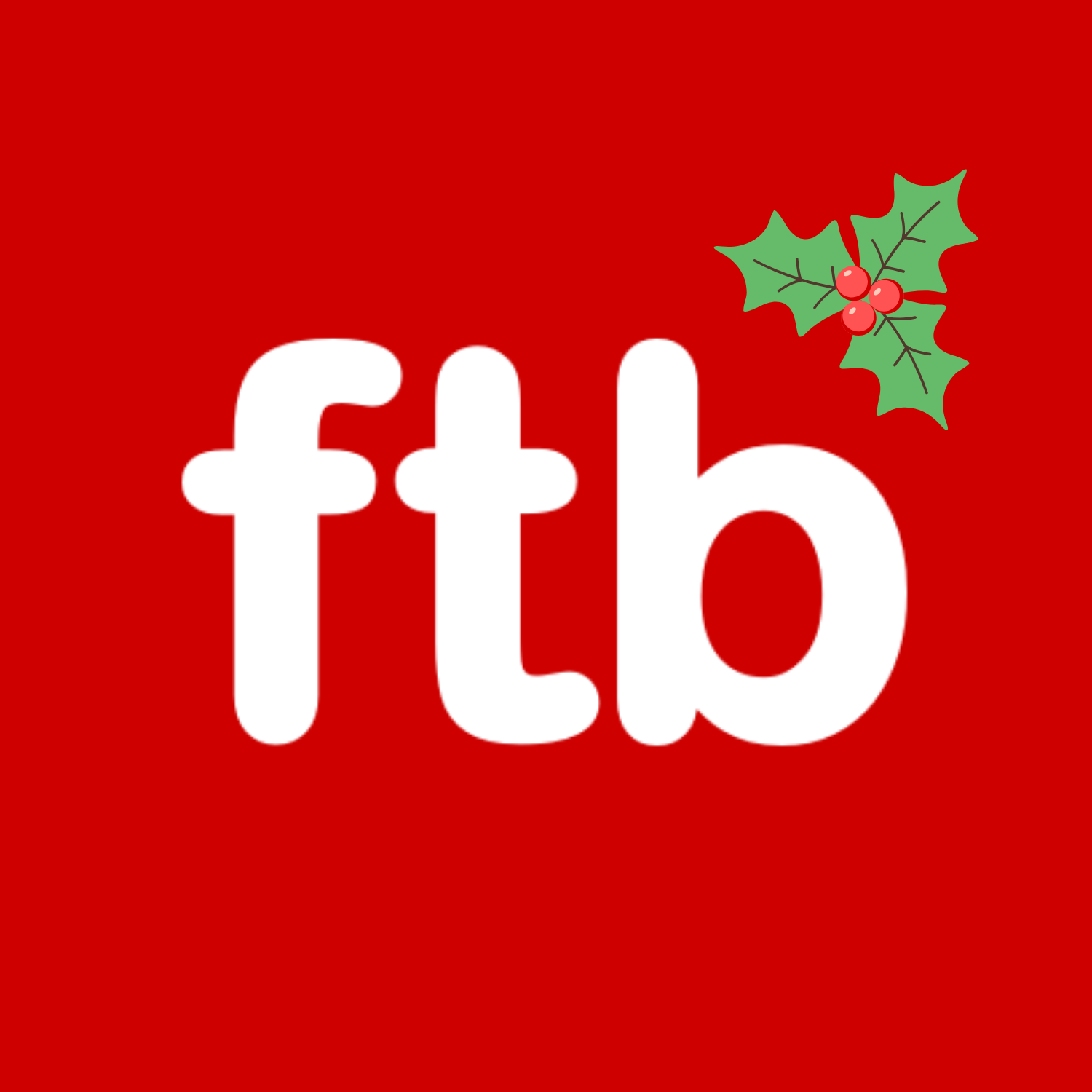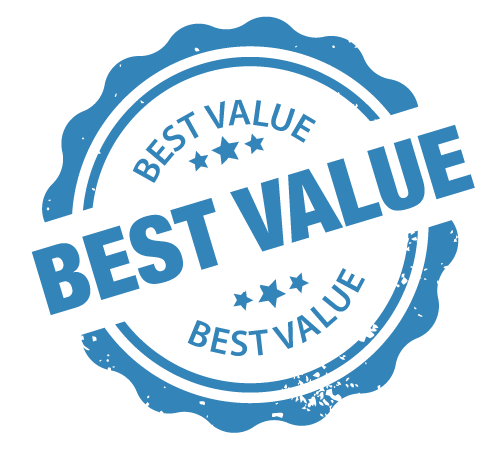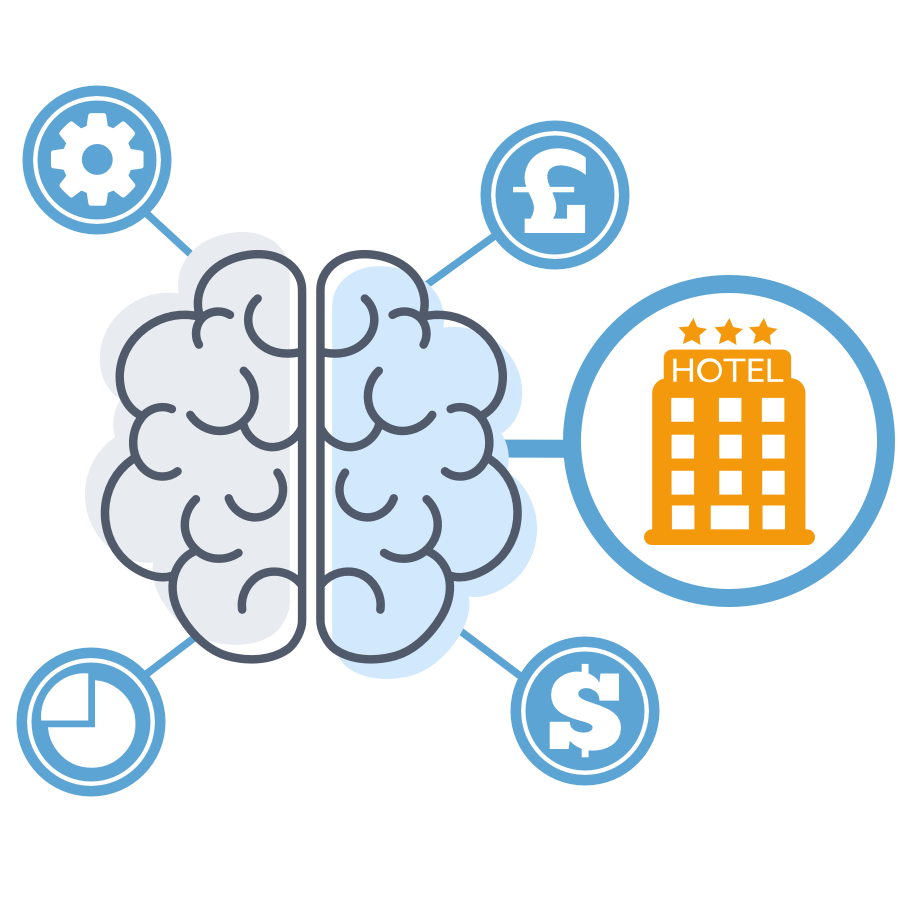
Get the GuestTappy app
Scan the QR code to download the app
Pricing, one of the trickiest aspects of any business decision making. In this extended blog we tackle it head on and hopefully we can help demystify and explain some of the background psychology to pricing and how, most importantly, it is perceived by customers. We have tried to make it accessible to all and present in a way that will help accommodation businesses take practical action from the right decisions ultimately for better profitability. Lets get started with the most important person, the guest, your end consumer.

As consumers we don’t really know how much something should cost, the same applies to rooms in hotels or guest houses, we don’t know because there are simply no facts or fixed standards to tell us. We have ideas about high seasons and off peak times but we don’t know exactly when they apply. Mistakenly many default to think its high season on their dates of travel, a bit egotistic maybe but we all think our time is right for us and others will be doing the same therefore it must be busy. In short consumers have little to no idea of what the price should be.
Psychology comes in to fill the gap in price knowledge and gives you price flexibility. As a business you can use your pricing strategy and value proposition to influence purchases and get more bookings and higher revenue. More than anything consumers want to know that they’re getting the best of something, whether it’s the best price point, the best quality, or the best value. Use your price as a way to send the right signals that make customers feel successful. When a guest thinks they have the best they are motivated to book – your desired outcome.
As a successful business you look to make your price as high as it can be while still registering “best” in the guests mind. This “right” price will continually vary because demand and availability constantly fluctuate at both your property and in your destination. Hotels raise their prices as they get booked up and increase prices way ahead if they know there is a sell out event in the future, vice versa they reduce prices when demand gets soft.
Let’s take a little look at each “best” in turn because these “bests” are what will bring in potential customers to book..
Best price: Its now very easy to compare prices all over the world for almost all accommodation on any date. For example Google will show prices for hotels in an area (on a map or list on your phone or laptop) and each hotel will have more than one price if they have OTAs and direct prices. In the list guests will easily see which is the “best” price. It is so very important to make sure your direct price is better than the OTAs.
Third parties (OTAs) are geniuses at getting offers so you must be super vigilant to know that your direct price is really better than any OTA price. In our experience a majority of hotels now add a surcharge to OTA prices to ensure they are the “best” direct. This clearly motivates the customer to book direct especially when seen alongside higher OTA prices.
Best quality: Perhaps a little more fluffy but no less important than price which as a number is very easy to compare. Reviews are a strong indicator of quality and are now widespread and available on any platform. Where ever you see prices you will find reviews near by. Google has become the primary publisher of guest reviews (in the past it was TripAdvisor but they have fallen back in recent years). An overall review score makes it easier to compare “quality” although a smart consumer will take some time to read the content (to get context) of a sample of reviews before judging the best. Quality is certainly complex but the measure provided by reviews is the most accessible and trusted expression of quality that guests find easily (often next to the price).
You can control the perception of “best quality” by improving the score, number and frequency of guest reviews on public platforms like Google. Other ways would include making sure you have great photos and descriptions of your accommodation to “show” guests the quality you offer. Service, and how you engage and communicate with guests, is also a strong expression of quality.
Best value: A key thing to note here is that value fluctuates dependent on availability in the destination. There isn’t any fixed or absolute value. For example, if only one hotel is available it becomes the best value by default because its effectively all there is. Value, like price, fluctuates all the time. Value is the combination of price and quality, when a customer makes a booking its because they have found the “best value” they can afford or wish to spend.

Large hotel chains understand all this and have been pricing dynamically for years. Recently smaller hotels, guest houses and even B&Bs are now seeing how flexing their rates works for their business.
What holds back the smaller properties from greater profitability (in pricing) is mostly the idea of “fair value” which is fixed in the minds of many business decision makers. Particularly engrained in smaller family run independent business (like ours and probably yours), its known as the “fair value myth”. It stems from a belief that there is a price which is correct, fixed and which all customers will be happy with all of the time. Fair value doesn’t exist, it is not possible to quantify and the customer doesn’t know it, guests are looking for the best value and don’t know the price.
A small hotel group in Glasgow had a increase in ADR of 43% within the four months of using pricing technology, while the average uplift is 22% its still a significant improvement to the bottom line.. read about their success
McQuade Hotels Glasgow
Marketers have experimented for a very long time with the psychology of prices. Back in the day of mail order, it was common to print up multiple versions of a catalog to test the effect of pricing strategies. The findings soon dispelled any illusions about the fixity of prices. Marketers and salespeople could see that what a customer was willing to pay was changeable and that their business success could depend on it.
When you buy a cinema ticket, you expect the Saturday evening show to be more expensive than the Monday matinee. The amount that customers are willing to pay for different dates, times, products has never been set. Why would your accommodation prices be any different? From a business perspective failing to vary prices to reflect customer demand will lead to lower revenue. Small businesses don’t have the time or resource to do this manually but we are all aware of nearby hotel chains that price dynamically.
A growing band of small hotels, B&Bs, Guest Houses are now using tools to help them get the most from their pricing. Its not just for hotel chains anymore. Affordable technology now exists that can detect the level of demand for an area on every day of the year multiple times a day and calculate optimum prices based on customised settings.

Being practical, of course there is a “band” in which businesses are comfortable with prices, certainly a minimum price and maybe a maximum price. While “fair value” is a myth and the customer doesn’t know the price they do know when something is ridiculously cheap or massively overpriced and you don’t want to be either. You might call this a “fair value band”, if you can fluctuate in this band you can both control your price and become more profitable. This is what the technology helps you to achieve by optimising prices multiple times a day up to a year ahead (within a band that you control). This leads to the highest possible revenue and occupancy.
Why do many small independent businesses undervalue themselves? We know they do because we see it time and time again in the stats and review rankings, it’s almost always the small businesses that have the best reviews and the lowest prices. Underselling themselves, probably mostly from fear: the fear of getting it wrong (losing customers) or the fear of upsetting customers with a slightly higher price. While these might be real fears, they are not valid because software is now available to help price better and it works within a set comfort zone. The fear of underselling should be far stronger because for the vast majority of small businesses the reality is that their pricing is not working and they could be so much more successful with the right tools.
In summary….
Your business can be more profitable when you systematically adjust prices to maximise revenue for all dates. Pricing manually is possible but not viable when there is affordable technology available that can change your prices multiple times a day for a whole year ahead. Why would you spend hours trying to do it when experts have designed systems that do it better with very little effort? You can keep overall control of the price band and override if, and when, you need to but most of the time the machine does what it’s supposed to do and maximises your revenue.
A nice piece of followup reading is an article by Iain on automation and how the curious customers willing to try out new things tend to be the most successful. How the Curious Win
Scan the QR code to download the app